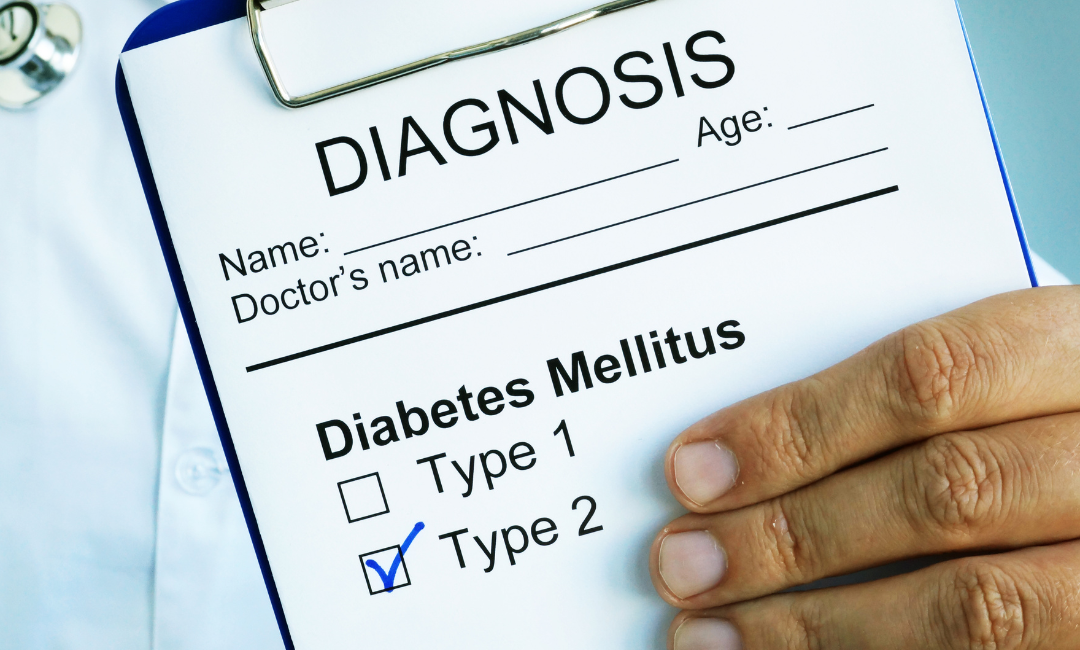Beta Blockers
Beta-adrenergic antagonists, also known as beta-blockers, are used to treat hypertension. These drugs are also used in treating other conditions, such as ocular hypertension and long-term prevention of angina.
Common examples of beta-adrenergic antagonists include:
- Acebutolol
- Atenolol
- Betaxolol
- Bisoprolol
- Carteolol
- Metoprolol tartrate
- Nadolol
- Pindolol
- Propranolol hydrochloride
- Timolol
Propranolol is used for the prevention of frequent, severe, uncontrollable, or disabling migraine or vascular headaches.
Beta blockers used for ocular hypertension are:
- Betaxolol
- Carteolol
- Timolol
Beta-blockers decrease blood pressure by inhibiting beta-1 adrenergic receptor sites in the heart muscle and conduction system. That decreases heart rate and reduces the force of the heart’s contractions, resulting in lower demand for oxygen. It also lowers heart rate, heart workload, and the heart’s output of blood.







